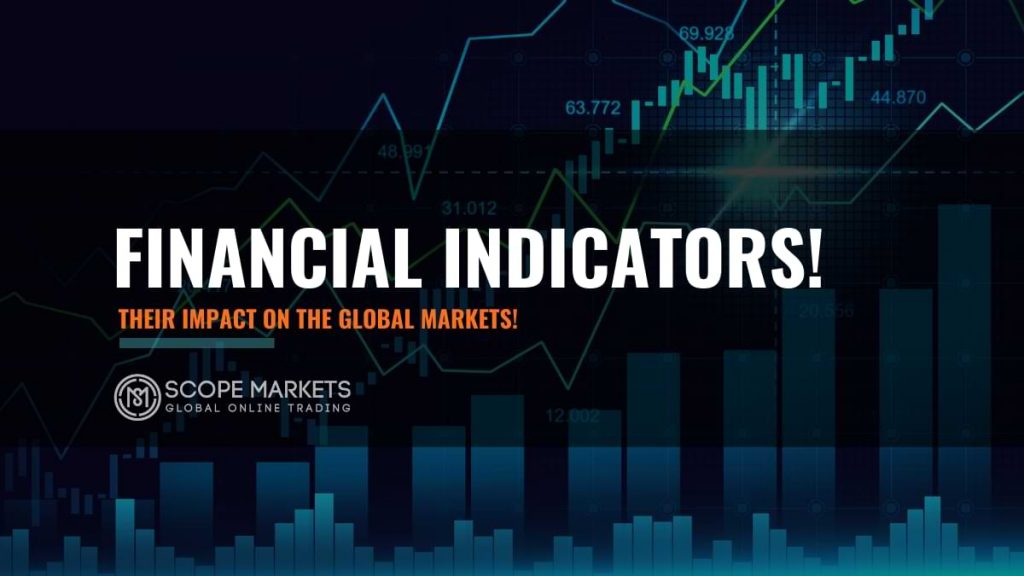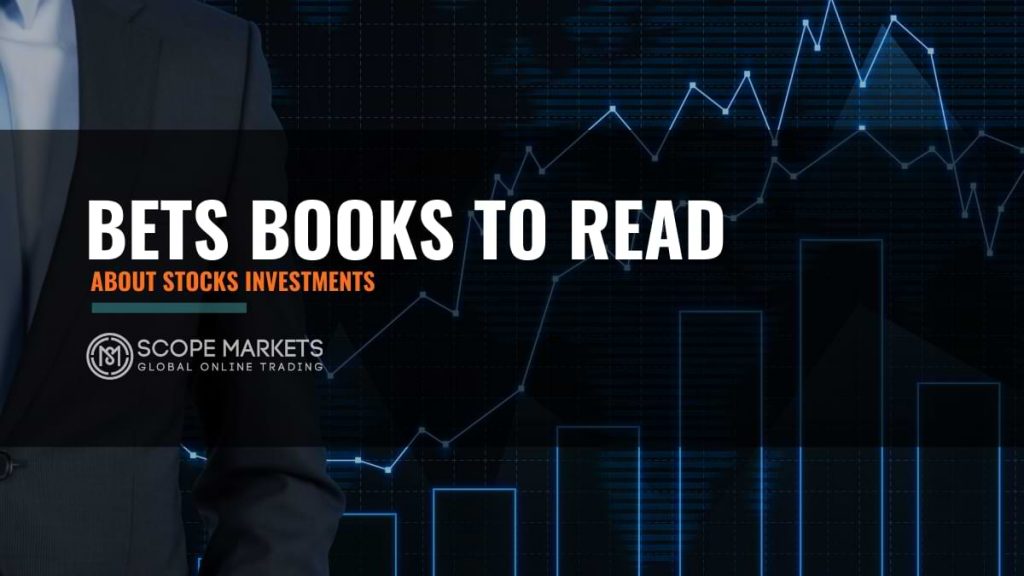Which is the Best Indicator to Use in the Indices Market?

Table of Content
Using the best indicator for the indices market is part of any technical trader’s plan. Matched with the proper risk control tools could help you get more acumen into price drifts.
A volume and price study could assist stock-market investors in entering underrated safety. And, that can be possible at the best time and price. Also, indicators show an excessive grief region. That assists investors to plan an organized entry. As well as remove panic responses. Via a raised bull market checking strong trends can get done by technical indicators. And these indicators are the Average Directional Index (ADX) and Moving averages (MAs), etc.
Trading Indicators Defined
Even if you have an interest in commodities, forex trading, or share trading. Then, using technical analysis will be helpful. And this involves investigating different trading indicators. These indicators are precise estimates. And get plotted as lines on a price graph and help traders check signals and trends in the market.
There are diverse trading indicators that involve leading as well as lagging indicators. A leading indicator is a prediction signal that forecasts future price changes. Whereas a lagging indicator considers previous trends and shows momentum.
Let us examine some of the best trading indicators. Thus, you can choose the best indicator for indices market trading.
1. Trading with RSI or Relative Strength Indicator
The RSI is generally classified as a momentum oscillator. And, it assesses the degree of directional price changes. Momentum is the rate of growth or drop in price. This indicator has an above line, usually at 70, a below line at 30, and a broken midline at 50.
When cost goes up very fast, at some time, it is usually held over-purchased (When the indicator crosses70). When the price drops very fast, it is then rated oversold (When the Relative Strength Index (RSI) crosses 30). The point of the RSI is an evaluation of the stock’s current trading power.
2. ADX or Average Directional Index
This indicator is generally used to assess the trend of power. And, is then outlined as a separate line with preferences varying from 0-100. It assists investors in measuring the most active zone. As well as increase the chance to create dynamic positions. Improving the ADX value over 20 shows that the trend is being more active. Whereas a move over 50 usually shows the depletion of the movement. It’s a useful tool to operate in a trending market.
3. Moving averages (Best Indicator for Indices Market)
Moving averages or MAs is one of the best technical indicators used in technical review. Moving depicts a trend in a polished way. And can provide good signals when used with others such as MACD indicator and RSI. SMA or Simple moving average, EMA or exponential moving average, and weighted moving average are 3 types of MAs. For shares or stocks, regular time-periods for MAs are 10, 21, 50, 100, and 200 days.
4. RRGs or Relative Rotation Graphs Indicator
These are an unusual visualization tool. A trader can use it to check trends in the relative strength of many bonds against a simple benchmark. The tool helps in checking relevant outperformers in any market condition. And helps in directing your thought to those regions of the market that warrant it. As per market specialists, it assists investors to have a correct portfolio mix. Also, take part in bonds, which are probable to see related active trends.
Trade Global Indices 24/5 With Leverage Up To 1:500 and no Requotes.
5)Bollinger Band Trading Indicator
Bollinger Bands are a technical trading tool made by John Bollinger in the earlier 1980s. They came out from the requirements for robust trading bands. Such as the view that volatility was active. And not inactive as was generally held at the time.
The aim of Bollinger Bands is to give a relative interpretation of low and high. By meaning, prices remain high at the top line and low at the lower line. This description can help in precise model identification. And, is helpful in assessing price action to the movement of indicators.
6) Exponential moving average Indicator (EMA)
The exponential moving average is a different kind of moving average. Not like the SMA, it puts a huge load on current data points, creating data more reacting to new data. When followed with other pointers, EMAs can assist traders in checking market changes and validity.
The most common exponential moving averagesare 12 and 26 day EMAs for small averages. While the 50- and 200-day EMAs are generally used as long trend indicators.
7) Stochastic oscillator Trading Indicator
A stochastic oscillator is generally known as an indicator. That relates a definite closing cost of a stock to a variety of its costs over time. Thereby, representing momentum as well as trend strength. It employs a range of 0 to 100. A version under 20 usually shows an overtraded market. As well as a version over 80 shows an over-purchased market. But, if a powerful trend is available, a change or assembly will not definitely happen.
8) MACD or Moving average convergence divergence
It’s an indicatorthat identifies changes in momentum by assessing 2 moving averages. It can assist traders to check potential buy and sell events. That is about support and resistance points.
Convergencesignifies that 2 MAs are coming with each other. Whereas divergence signifies that they are going far from each other. If MAs are converging, then it shows that momentum is reducing. While, if the MAs are diverging, then it shows that momentum is improving.
9) Trading Through Fibonacci Retracement
Fibonacci retracement is a technical indicator. It can check the extent to which a market will shift next to its present trend. A retracement when the market goes through a short dip – it’s also called a pullback.
Traders who think the market is set to move generally use Fibonacci retracement. Because it assists in checking probable points of support and resistance. And it could show a downward and upward trend. As traders can check support and resistance levels with this indicator. It can make them choose where to use stops and limits. Or when to start and end their trading positions.
10) Ichimoku cloud Technical Indicator
The Ichimoku Cloud, the same as other technical indicators, checks levels of support, resistance. But, it also measures price impulse and gives traders signals to help in making decisions. The version of Ichimoku is a one-look equilibrium chart. That is particularly why this indicator is generally used by traders who need huge data from a chart.
In a nutshell, it checks market inclinations, giving present support and resistance levels. As well as determining projected levels.
11) Standard deviation Trading Indicator
Standard deviation is an indicator that assists traders to check the range of price movement. So, they can check how possible market volatility is to impact the price in the future. It cannot foretell even if the price will increase or decrease.
This indicator evaluates present price changes to actual price changes. Various traders think that big price changes base small price shifts. And, small price shifts base on big price changes.
12) SAR or Parabolic Stop and Reverse
Now, it’s time to find out something easier, and that is Parabolic SAR. This is generally known as a trend indicator. Dots are usually placed on the chart over or under the price. And, they show the possible way of the price change. Does it get much easier?
You should not use this indicator in a varying market when the price is going sideways. There will be a huge noise and the dots will spin from the side-by-side providing you no definite signal.
So, it is a must you apply Parabolic Stop and Reverse to your trading strategies.
Trading with Many Indicators
Trading from a particular indicator would not make you wealthy. Because each indicator involves its own restrictions and would not be accurate all the time.
But, you can apply these indicators in harmony. Thus, to get effective signals and make further profitable trades.
Things to Consider Before Using Trading Indicators
A rule of employing trading indicators is that you must not use an indicator in separation. Or use various indicators at one time. Consider a few that are best matched to what you are attempting to get. You must also use technical indicators with your stock-price change view, beyond time.
It is a must to retrieve that you have to check a signal in some manners. If you are having a buy signal from a trading indicator and a sell sign from the price movement. Then, you must use diverse indicators. Or diverse time-frames until your trading signals get established.
One more thing to remember is that you should never forget the view of your trading strategy. Your regulations for trading must always get executed when using trading indicators.
References:
The balance – Best technical indicators for day trading
IG – 10 trading indicators every trader should know
Financial express – Stock markets top 5 technical indicators you should know
Conclusion
Whatever indicators you plan, make sure to check them, and note their efficiency over time.
You can find one indicator is useful when you select stock-trading but not when forex trading. You may wish to trade out an indicator for another one of its kind or make variations in how it’s measured. Thus, making such rarefactions is a must for success when day-trading using technical indicators.
Disclaimer: This material is a marketing communication and shall not in any case be construed as an investment advice, investment recommendation or presentation of an investment strategy. The marketing communication is prepared without taking into consideration the individual investors personal circumstances, investment experience or current financial situation. Any information contained therein in regardsto past performance or future forecasts does not constitute a reliable indicator of future performance, as circumstances may change over time. Scope Markets shall not accept any responsibility for any losses of investors due to the use and the content of the abovementioned information. Please note that forex trading and trading in other leveraged products involves a significant level of risk and is not suitable for all investors.










